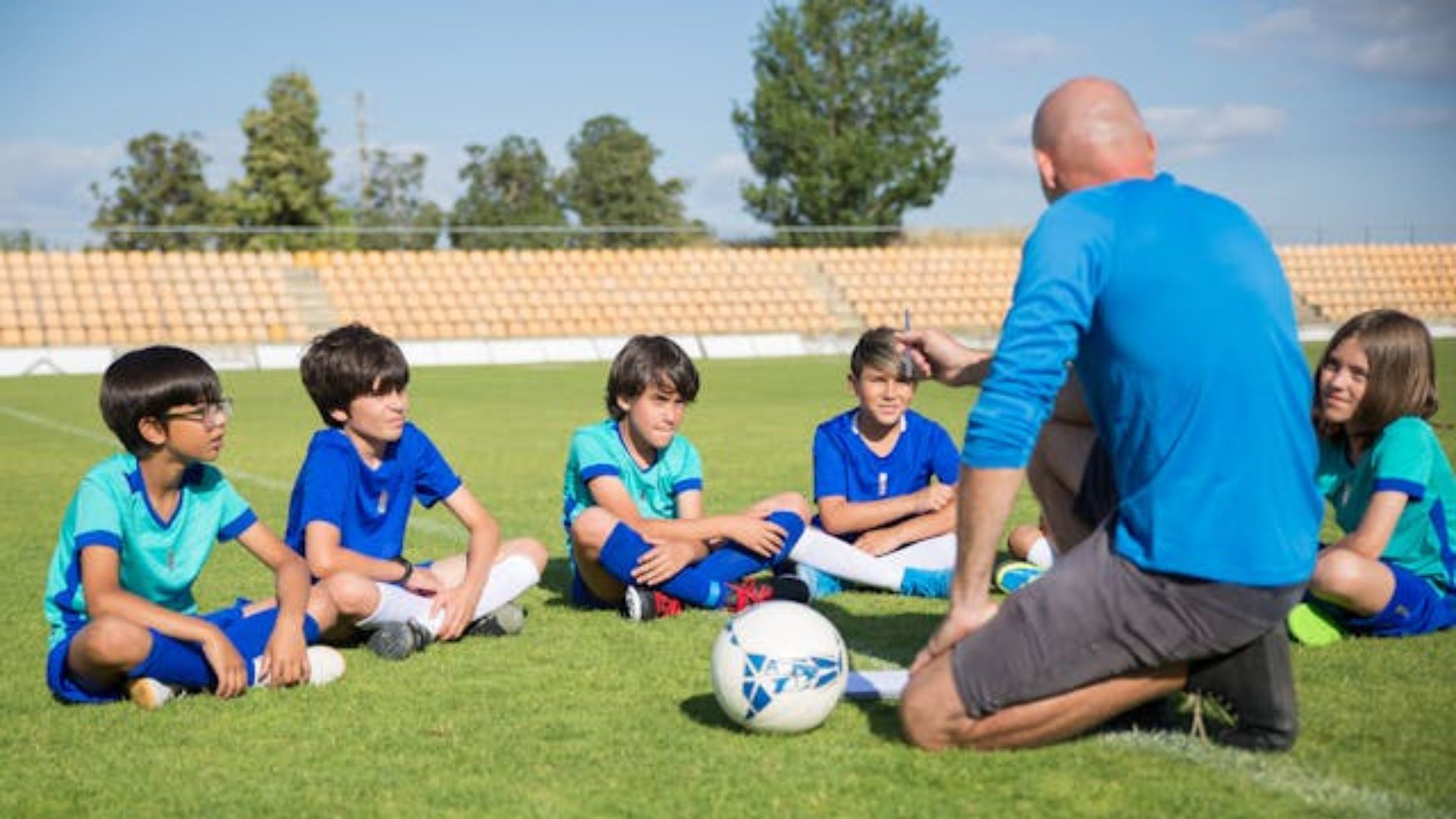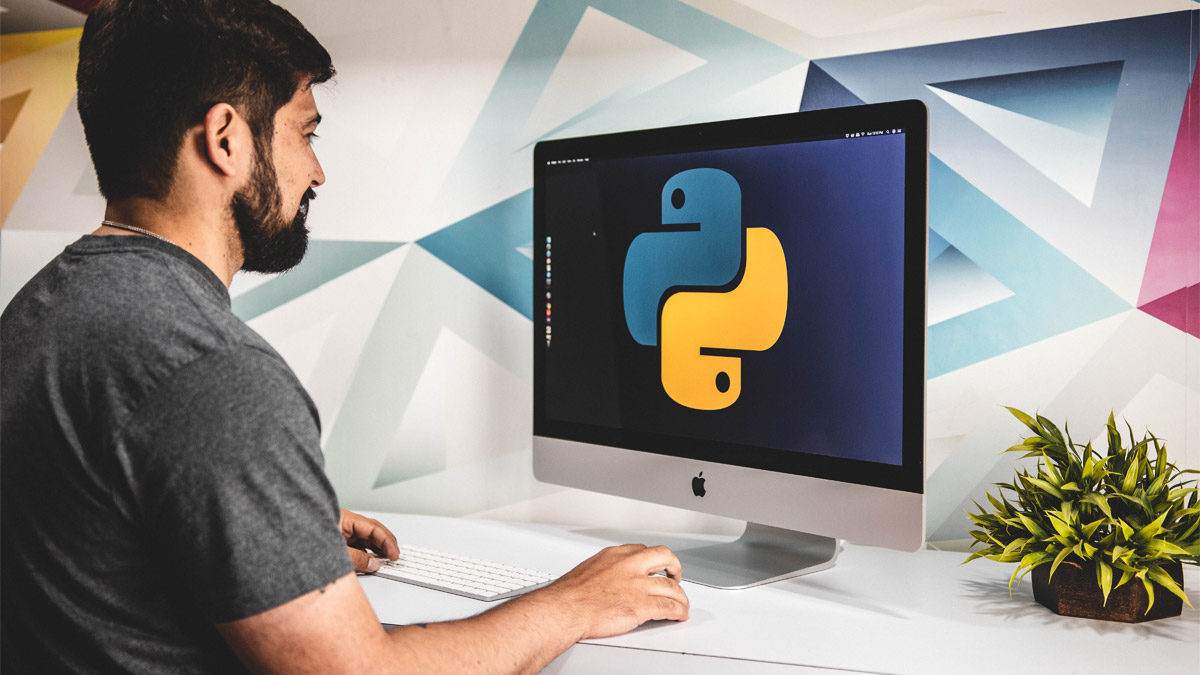Introduction
Physical education and sport have become increasingly important in today’s fast-paced environment. Physical fitness is often forgotten as we balance work, study, and leisure, despite its importance to our health and well-being. Whether you’re a parent thinking about your child’s physical education curriculum, a student looking to thrive in sports, or a teacher looking to make PE more engaging, this thorough guide can help.
In this post, we’ll review the fundamentals of physical education and sport, address frequently asked questions, and discuss the benefits, methods, and best practices for peak performance. Let’s plunge in!
What is Physical Education and Why is it Important?
Physical Education (PE) is a program designed to improve students’ physical fitness, motor skills, and understanding of sports and wellness. PE, via structured activities and exercises, helps students stay active, enhances their physical health, and promotes mental and emotional well-being.
Key Advantages of Physical Education:
- Improved Physical Health: Attending regular PE lessons improves cardiovascular health, muscular strength, flexibility, and coordination.
- Mental Health Benefits: Exercise releases endorphins, which reduce stress, anxiety, and depressive symptoms.
- Social Skills Development: PE promotes cooperation, communication, and leadership abilities through group activities.
- Enhanced Academic Performance: Research shows that physically active students perform better academically.
- Lifelong Habits: Physical education teaches kids to value physical fitness, which they carry with them into adulthood.
According to the World Health Organisation (WHO), children and adolescents should engage in at least 60 minutes of moderate-to-vigorous physical activity each day. Physical education in schools is critical for reaching these standards.
Role of Sports in Physical Education
Sports are an important part of physical education because they allow students to put their newly acquired skills and fitness to use. Sports provide pupils with real-world experience in teamwork, leadership, and self-discipline.
Benefits of Integrating Sports into Physical Education
- Competitive Drive: Sports promote healthy competition, allowing youngsters to create and attain personal goals.
- Self-Discipline and Responsibility: Students learn the importance of dedication, punctuality, and adherence to regulations.
- Diverse Skill Development: Different sports teach distinct skills—from agility and speed in football to strategy.
Also Read – What is a BTEC Sport?
Common Sports in Physical Education Programs:
- Soccer
- Basketball
- Volleyball
- Track and Field
- Gymnastics
These sports provide various physical, mental, and social benefits, making them popular choices in PE programs.
Effective Strategies to Improve Physical Education and Sport Performance
1. Establish Clear Goals and Monitor Progress
Goal-setting is a successful method in sports and physical education. Students, for example, may set a goal of improving their running time or performing a certain number of push-ups. Tracking progress helps to visualise development, which is motivational.
2. Incorporate Technology
Technology in PE can facilitate tracking and feedback. Students and teachers can use fitness trackers, apps, or heart rate monitors to set goals and track progress. According to research, feedback from wearable devices motivates students to stay active and focused on their personal fitness objectives.
3. Emphasise Fun and Engagement
PE teachers may keep students motivated by incorporating variation and making lessons enjoyable. Instead of repeating workouts, employ games, relay races, and team activities to achieve fitness goals. Fun and engagement are especially important for younger pupils to keep them interested in physical activity.
4. Encourage individual and team-based activities
A mix of individual and group activities can accommodate students’ diverse preferences and skill sets. Some pupils excel at competitive team sports like basketball, while others flourish at individual pursuits like track. Offering variety guarantees that every student may participate and find something to like.
5. Focus on Mental Preparation
Physical fitness is about more than just the body; it also involves the mind. Teaching pupils methods such as visualisation, deep breathing, and positive self-talk can help them perform better in sports and build resilience.
Addressing Common Challenges in Physical Education and Sport
- Lack of Motivation: Goal-setting, positive reinforcement, and enabling kids to choose their activities can all help boost motivation.
- Limited Resources: Teachers can be inventive with little equipment by using body-weight exercises or outdoor activities that require few instruments.
- Concerns about safety: Teachers should assure student safety by offering enough warm-ups and cool-downs, as well as proper injury prevention measures.
- Time Constraints: Fitting physical activity into a hectic schedule might be difficult, but brief, high-intensity activities can deliver large benefits in a short period.
Conclusion
Physical education and sport are the foundation of a healthy lifestyle, promoting physical, social, and mental well-being. They teach valuable skills, enhance self-esteem, and instill lifetime health and fitness habits. For students, PE provides an opportunity to not only be active, but also to acquire collaboration, perseverance, and discipline—qualities that will serve them well beyond the school gym.
Understanding the significance of physical education and sport, whether you’re a teacher, student, or parent, can help you make informed decisions and live a healthy, active lifestyle. Accept the opportunities that physical education offers, and remember that staying active today builds a better tomorrow.
FAQs
Physical education is an important component of the curriculum because it encourages lifetime fitness habits, enhances physical health, and develops fundamental life skills. Schools recognise that physical education benefits students’ emotional and social abilities as well as their physical well-being. Many studies show that regular physical activity improves students’ focus, emotional stability, and social interactions.
PE teaches both basic and specialised skills:
- Motor skills: These include running, jumping, throwing, and catching.
- Teamwork and Communication: Working together to achieve a common goal.
- Strategic thinking: In sports, this entails understanding the rules, strategising, and implementing methods.
- Self-discipline: Learning to follow instructions, manage time, and practise consistently.
These skills are foundational for both individual sports performance and social interaction.
Physical education has been found to improve intellectual achievement through:
- Enhanced Concentration and Memory: Regular physical exercise increases blood flow to the brain, which improves focus.
- Reduced Stress: Exercise lowers cortisol, a stress hormone, helping pupils to focus on their schoolwork.
- Improved Behaviour: Students who participate in regular physical activity exhibit improved classroom behaviour and are more likely to remain interested.
According to research published in the Journal of School Health, pupils with higher levels of physical fitness outperformed less fit students by 20% on standardised math and reading assessments.
Parents have an important role in promoting physical fitness at home. Here are a few tips:
- Set an example: Engage in physical activity yourself; children are more inclined to follow suit.
- Encourage outside play: Limit screen time and encourage outdoor activities such as cycling and hiking.
- Sign up for local sports teams: Organised sports offer students a disciplined, social method to keep active.
- Create Fun Challenges: Friendly family competitions or fitness challenges might help you enjoy your workout.
Inclusive physical education ensures that students with disabilities or different skill levels can participate fully. Teachers adapt exercises and activities, focusing on ability rather than disability, to create an inclusive and supportive environment. For example:
- Modified Equipment: Using lighter balls or adaptive equipment for accessibility.
- Alternative Exercises: Providing seated exercises or swimming for students with mobility limitations.
- Peer Support Systems: Encouraging classmates to assist and support each other.
Physical education (PE) and sports are closely related, although they serve slightly distinct purposes in terms of health, fitness, and personal development. Physical education is an organised academic subject taught in schools that focuses on improving physical fitness, motor skills, teamwork, and knowledge of health and well-being. It combines activities like sports, gymnastics, swimming, and fitness training with theoretical knowledge of the human body, nutrition, and mental resilience.
Sports, on the other hand, are organised competitive or recreational activities including football, basketball, cricket, tennis, and athletics. While PE teaches kids about fitness, sports allow them to apply those abilities in structured games, tournaments, and teamwork scenarios. Together, they promote lifelong physical activity and healthy living.
Although physical education and sports frequently overlap, there are fundamental differences between the two:
- Nature of activity: Physical education is curriculum-based and aims to improve general fitness, knowledge, and personal growth. Sports are primarily competitive or recreational activities that need rules, goals, and, in many cases, collaboration.
- Focus: PE focuses on overall development, including growing physical ability, understanding health, and gaining collaboration and discipline. Sports place more emphasis on skill performance, competition, and achievement.
- Participation: PE is required in schools to ensure that all students benefit from physical activity, although sports are frequently chosen as extracurricular activities based on desire or talent.
- Outcome: Physical education promotes lifelong fitness and knowledge, whereas sports frequently focus on achievement, recognition, and performance.
In essence, physical education serves as the framework for students’ active engagement in sports, whereas sports provide the practical, competitive dimension.
Physical education and sports have far-reaching implications for young people’s lives. In school, they:
- Promote Healthy Growth and Development: Regular activity increases strength, flexibility, coordination, and overall health, lowering the risk of obesity and lifestyle diseases.
- Boost mental health: Exercise boosts mental health by lowering stress, anxiety, and sadness while enhancing focus, energy, and general happiness.
- Improve Academic Performance: Research indicates that active kids typically have superior concentration, memory, and problem-solving abilities.
- Encourage Social Skills: Sports and physical education help children develop teamwork, leadership, communication, and respect for rules.
- Build Resilience and Discipline: Physical challenges teach perseverance, self-control, and how to deal with success and failure.
- Psychological and physical support: PE and sports help students prepare not only intellectually, but also psychologically and physically for future difficulties.
Participation in physical education and sports has physical, mental, and social benefits.
- Physical Benefits: Enhances cardiovascular health, muscle strength, flexibility, and endurance. It also instills the value of regular exercise, lowering long-term health hazards.
- Mental Benefits: Improves focus, creativity, and mood. Physical activity promotes the release of endorphins, also known as “feel-good hormones,” which improve mental well-being.
- Social Benefits: Promotes teamwork, empathy, sportsmanship, and leadership. It also offers the opportunity to make new acquaintances and improve community bonds.
- Life Skills: PE and sports teach students essential principles like time management, goal setting, and resilience, which they can apply in their academic and professional lives.
Finally, physical education and sports are more than just playing games; they are about developing healthier, more confident, and well-rounded individuals capable of thriving in all aspects of life.







